Chapter 20
Phylogenies and the History of Life
By Boundless

Phylogenetic trees illustrate the hypothetical evolution of organisms and their relationship to other species.
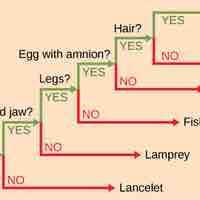
Limitations of phylogenetic trees include the inability to distinguish evolutionary time and relatedness between distinct species.

Taxanomic classification divides species in a hierarchical system beginning with a domain and ending with a single species.
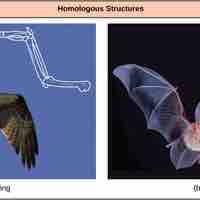
Similar traits can be either homologous structures that share an embryonic origin or analogous structures that share a function.
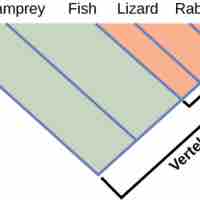
A phylogenetic tree sorts organisms into clades or groups of organisms that descended from a single ancestor using maximum parsimony.
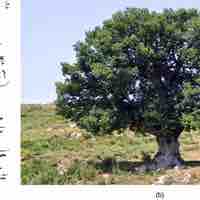
The concepts of phylogenetic modeling are constantly changing causing limitations to the classic model to arise.
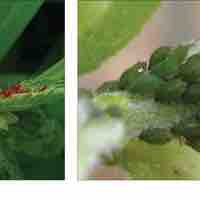
Horizontal gene transfer (HGT) is the passing of genetic material between species by mechanisms other than from parent to offspring.
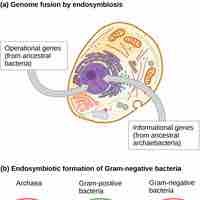
Genome fusion occurs during endosymbiosis, which is the mechanism proposed as responsible for the first eukaryotic cells.

To more accurately describe the phylogenetic relationships of life, web and ring models have been proposed as updates to tree models.